
Running a magazine is truly hard work, and making a publication last is a challenge in itself, but there are some rewards when it all comes together. We sat down with Marson to discuss his career path in fashion, why he eventually decided to go into print and which aspects of the job he is the most keen on.
Ever since social media started taking over our lives, and providing us with information on a 24/7 basis, traditional fashion titles have struggled keeping their relevance, and some of them had to close down. Today Vogue features influencers such as Chiara Ferragni on its covers, and even though it looks like everyone in publishing is trying to keep up with Instagram, the situation is a little more complex than it seems.

For Michael Marson, the founder and editor-in-chief of Behind The Blinds and Shadowplay, print won’t be disappearing any time soon. Marson happens to love books and he’s a bit of a collector, keeping rare volumes in his Brussels apartment. In fact, he understands that many brands still see print as the icing on the cake and want to be part of independent publications like his. If you think of the Internet as a source of mass information, the magazine operates on a much more subtle and selected basis, offering a real point of view and substantial stories, from in-depth interviews to long editorials.
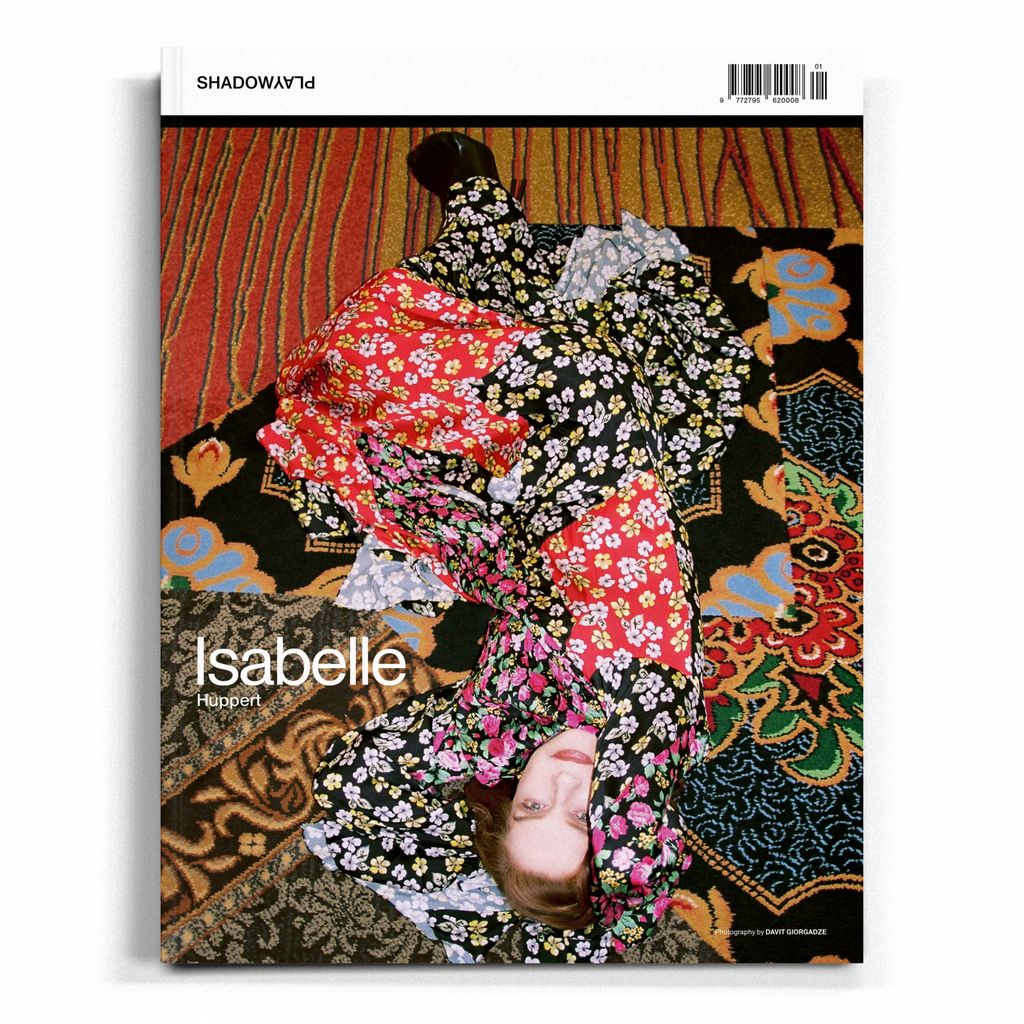
What did you do before launching Behind The Blinds?
I was working with Sandrina Fasoli on her eponymous brand. We won the Mango Fashion Awards in 2007 and the brand developed quickly after that. We had a financial partner and were selling internationally. Eventually we both decided to stop, which I didn’t regret because I realized I didn’t want to spend the rest of my life making clothes. I learnt a lot from that experience, but there was so much going on with the brand that we didn’t really have any distance whatsoever.
What did you do after this?
We didn’t stop the brand because of financial issues, but at a certain point Sandrina and I felt things did not go the way we wanted and it was better to stop. It took quite a long time to go through that, almost a year I guess. I started consulting and styling for different clients, as well as handle production.
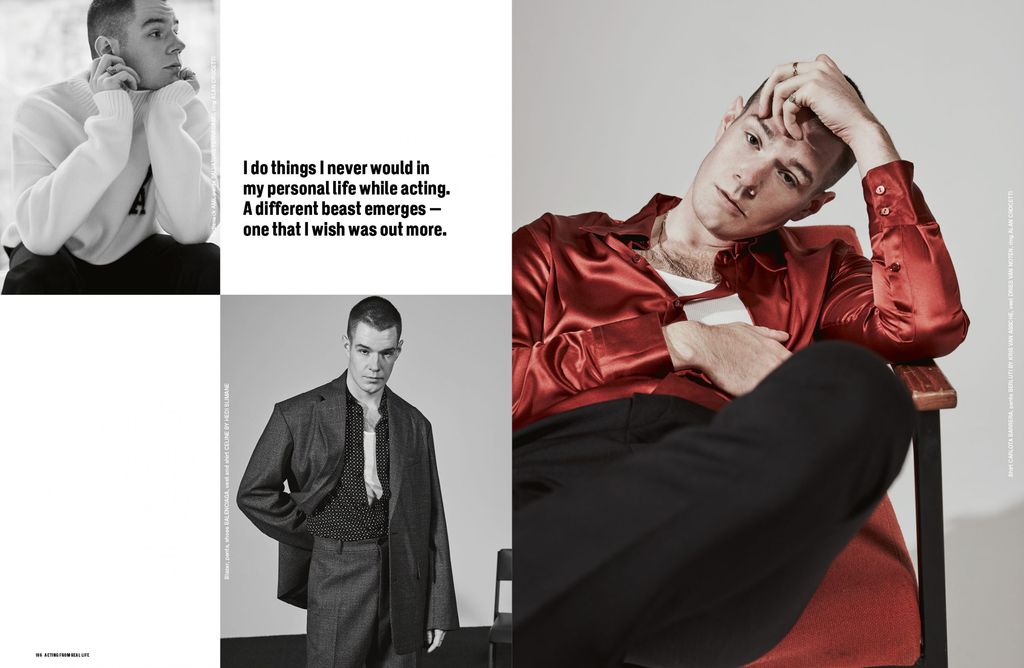
When I got to Brussels in 2008, there wasn’t any independent publication focusing on fashion and culture, yet everyone was complaining about that.
I was aware of this, and it’s true that despite the amount of creative people you find here, there were not many magazines reflecting that creativity. At the same time, Belgium is a small market, which can make things complicated when it comes to marketing and advertising.
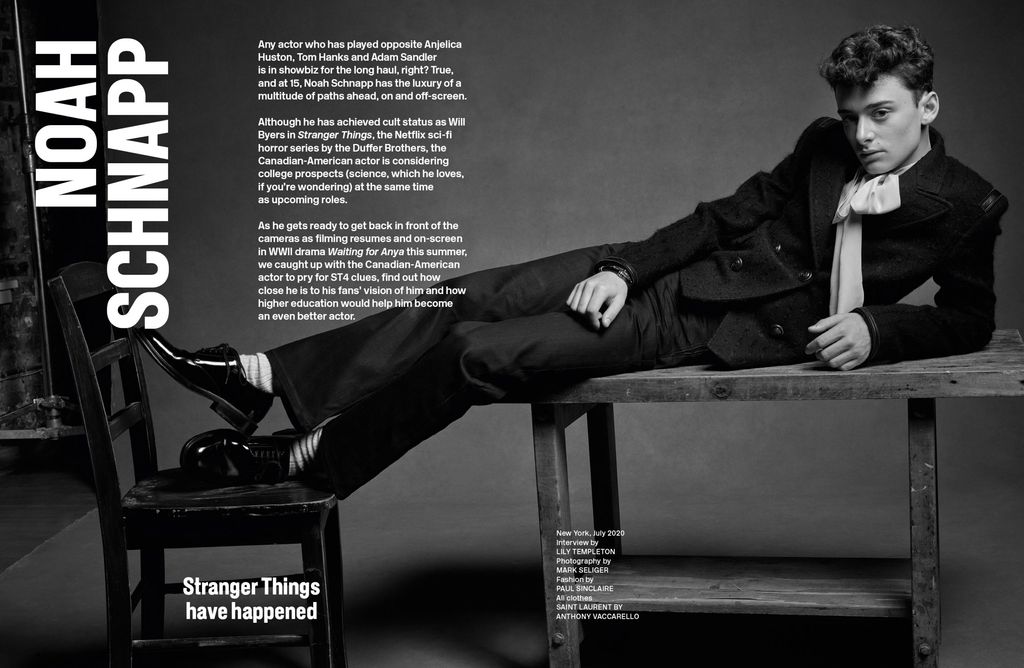
Can you make money running a magazine today?
It’s tricky of course. I guess I’m fortunate because I can work with many freelancers who are talented and know their field. At the same time, the magazine attracts clients I can work with on different projects, which is something I enjoy, too.
You launched the first issue of Behind The Blinds on 2016 and Shadowplay was released last September for the very first time. What’s the secret to making a magazine last?
If you want your magazine to last, you need to create strong relationships with larger brands, as well as upcoming ones. That takes an incredible amount of time, and people want to see how faithful and loyal you’ll be in the long term.
You’re very keen on paper and have a passion for books. What are your first memories of print?
When I was 12 and left school to go home, I always stopped at the newsagents first to see what magazines were there. As there was no social media at the time, you didn’t know who would be on the cover of your favorite title, so there was that build-up moment before the magazine hit the shelves.
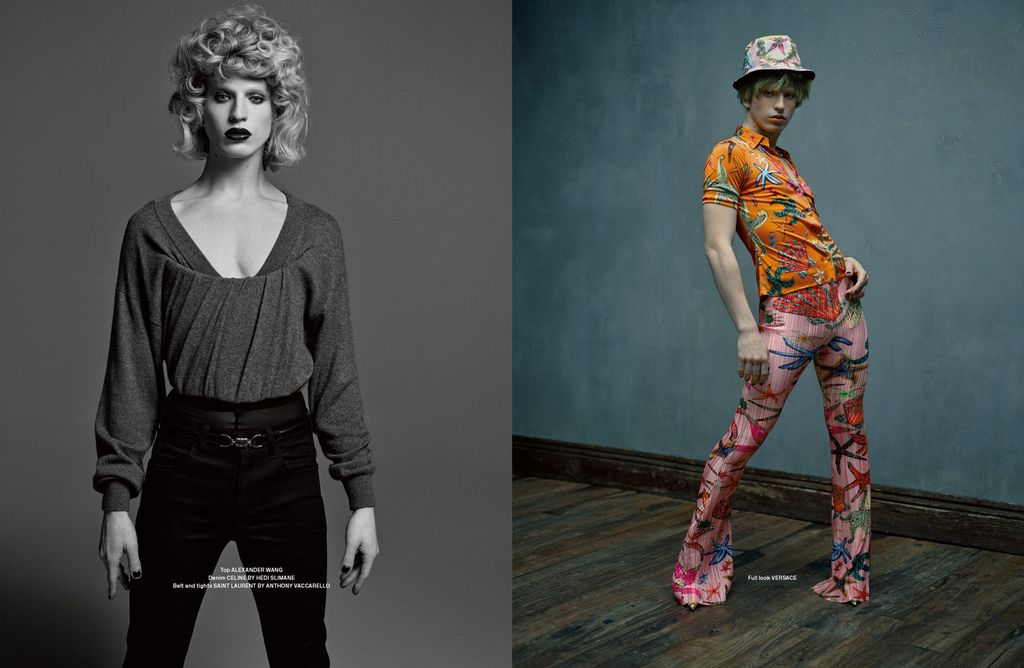
Which magazines did you buy then?
Vogue Paris and Glamour, which was quite edgy at the time. It was quite cheeky and directional, with people like Carine Roitfeld and Juergen Teller working for them. As I got older, I started buying less mainstream magazines. I went to the US every year on holiday, because my father lived there. You could find Vogue pretty much anywhere, and I got subscriptions using my father’s address. Every summer, I would come back to Belgium with piles of magazines in my suitcases.
They were bigger and heavier at the time, too.
I discovered fashion, art and photography through magazines, as well as MTV and music at the time. That’s how I developed and grew my visual knowledge and education.
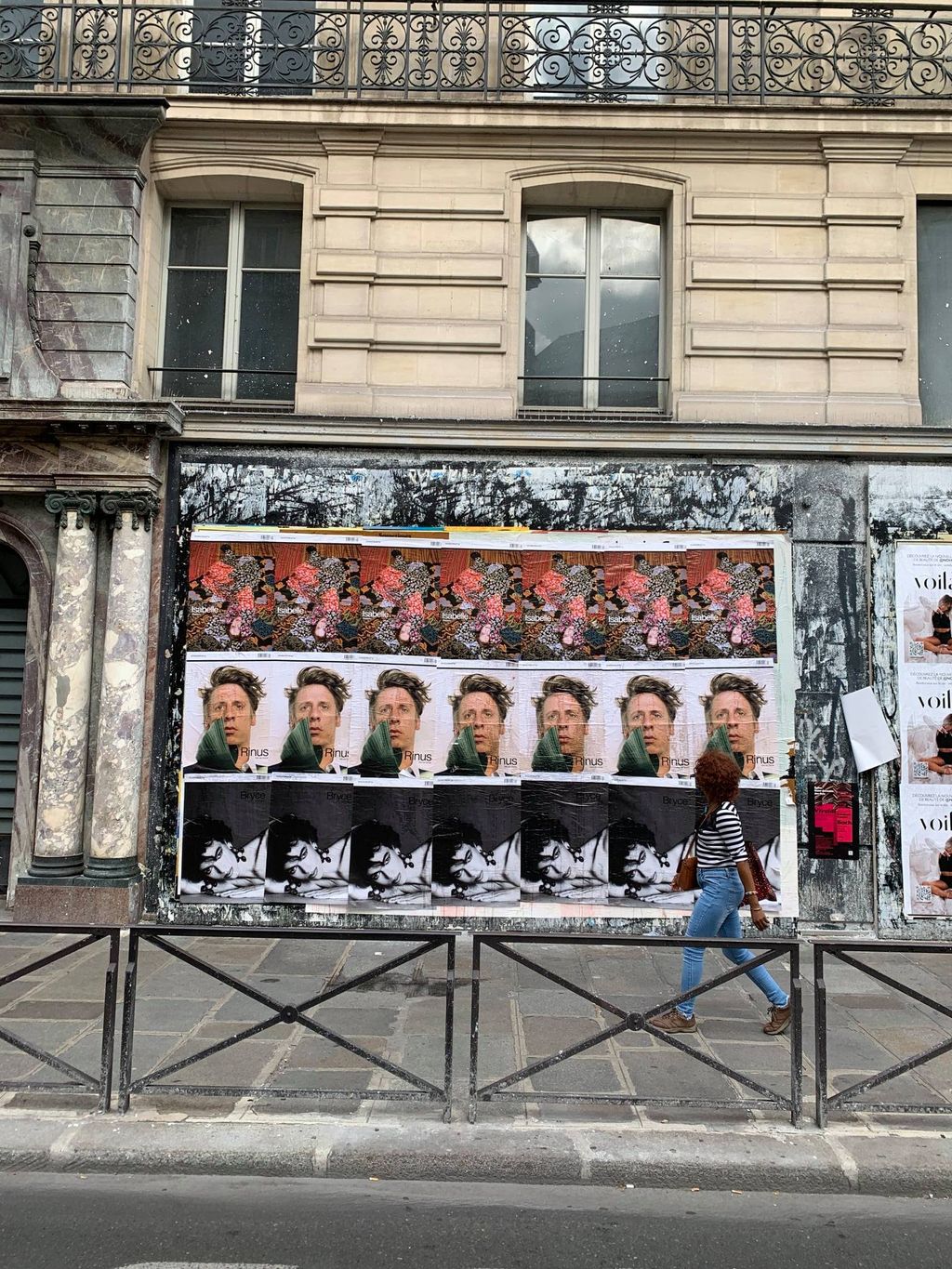
Why is print still important for brands?
I don’t think it’s paper they are specifically into, but they want to be part of a niche that pushes creativity and freedom as opposed to more commercial approaches. I see the magazine more like a book today, something timeless you can keep looking at and revisit if necessary. It deals with relevant themes as opposed to current news.
What do you like the most about your work?
I love working with actors and artists, trying to show them in a new light. I get excited when readers are surprised to see a familiar face depicted in a brand new way.
